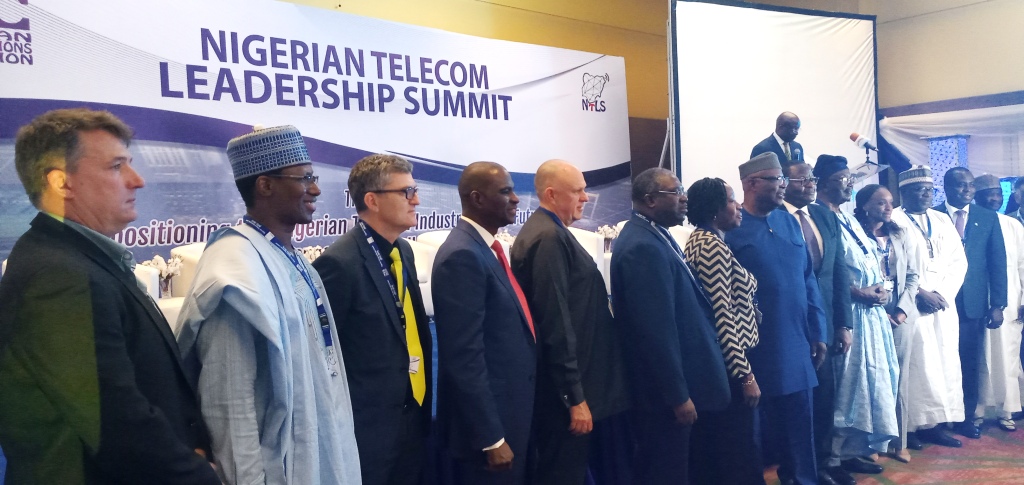The chairman of Nigeria DigiTeam, Engineer Edward Idirs Amana has revealed that Nigerian Digital Switch over (DSO) transmission networks are currently in the hands of two indigenous companies including ITS and Pinnacle Communication Limited.
But in an exclusive interview with Business Hilights during a recent press briefing by the Nigerian Broadcasting Commission (NBC) in Lagos, he revealed that “going forward, if there is need for the third signal distributor, government can embark on another round of competitive bidding by the NBC because government has recommended a maximum of three”.
“The NBC through the partnership with the Digiteam, appointed the two Signal Distributors. The business of Signal Distributors is to set up a network of transmitters that will cover at least, 95 per cent of the country.
“So as far as the public is concerned, their role is to acquire Set Top Boxes (STBs) so that they can access signals after Signal Distributors have done their job.
Now, the individual broadcasters like AIT and others don’t need to buy transmitters. They only need to concentrate on programming so that the programmes will be transmitted by the Signal Distributors to STBs at homes.
He added that “Currently, government is looking at $20 for each STB”.
While explaining that NBC or Digiteam are not involved with the deployment of Signal Distributors, Amana revealed that “The Signal Distributors are Nigerian companies and what government has decided to do is encourage local content on that”.
“Recall that some years back, during the era of former president Olusegun Obasanjo, facilities of NTA were expanded because NTA remains the largest network in Nigeria and it is in every corner of Nigeria.
“The original idea behind that expansion is to leverage on the expansion to use TV for distant learning and if you do a statistics of NTA stations, you will notice that they are mainly where there are institutions of higher learning.
What was sent to the Federal Executive Council (FEC) at that time was mainly based on distant learning target.
“Though there some subtraction and adjustments by FEC members then, the main target was that almost 80 per cent of NTA stations in rural areas are located near higher institutions to drive distant learning.
“The target is to take lectures to the door steps of people that cannot come to the classes.
The plan moved NTA stations to about a 102 stations. Each of the stations have transmitter hauls, mast and antenna system.
“So in approving the programme for the digital transmission, government insisted that one of the signal distributors should come out of the transmission facilities of the NTA and that is the ITS.
The second signal distributor was licensed after a public bidding process in which Pinnacle Communications Limited emerged. Both of them are Nigerian companies,” Digiteam boss said.









